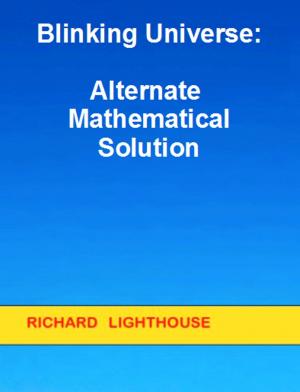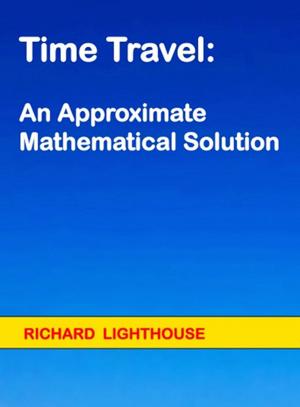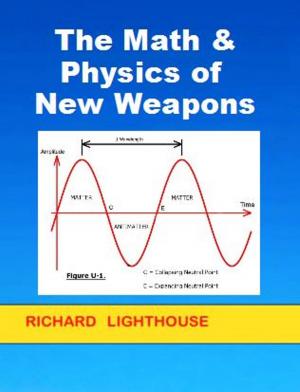Classification System for Parallel Universes
Nonfiction, Science & Nature, Science, Physics, Mathematical Physics, Technology, Aeronautics & Astronautics| Author: | Richard Lighthouse | ISBN: | 9781370054503 |
| Publisher: | Richard Lighthouse | Publication: | December 1, 2016 |
| Imprint: | Smashwords Edition | Language: | English |
| Author: | Richard Lighthouse |
| ISBN: | 9781370054503 |
| Publisher: | Richard Lighthouse |
| Publication: | December 1, 2016 |
| Imprint: | Smashwords Edition |
| Language: | English |
The vast field of parallel universes involves a near-infinite number of probabilities, but we can begin to organize and understand these probabilities by categorizing how close, in terms of energy, these realities are to our own universe. This proposed system of classification is one method. By organizing the nearest parallel universes in terms of mass, charge, and spin, we can better comprehend these relationships and the energy required to access them. In general, we can say that, the more similar a parallel field is to our own universe, the less energy it will require to transit the “distance” or range (Amp x sec) between the two universes, in our terms. This classification system is intended for typical 4-dimensional physical universes, but can be extended to other dimensions as well.
The vast field of parallel universes involves a near-infinite number of probabilities, but we can begin to organize and understand these probabilities by categorizing how close, in terms of energy, these realities are to our own universe. This proposed system of classification is one method. By organizing the nearest parallel universes in terms of mass, charge, and spin, we can better comprehend these relationships and the energy required to access them. In general, we can say that, the more similar a parallel field is to our own universe, the less energy it will require to transit the “distance” or range (Amp x sec) between the two universes, in our terms. This classification system is intended for typical 4-dimensional physical universes, but can be extended to other dimensions as well.















